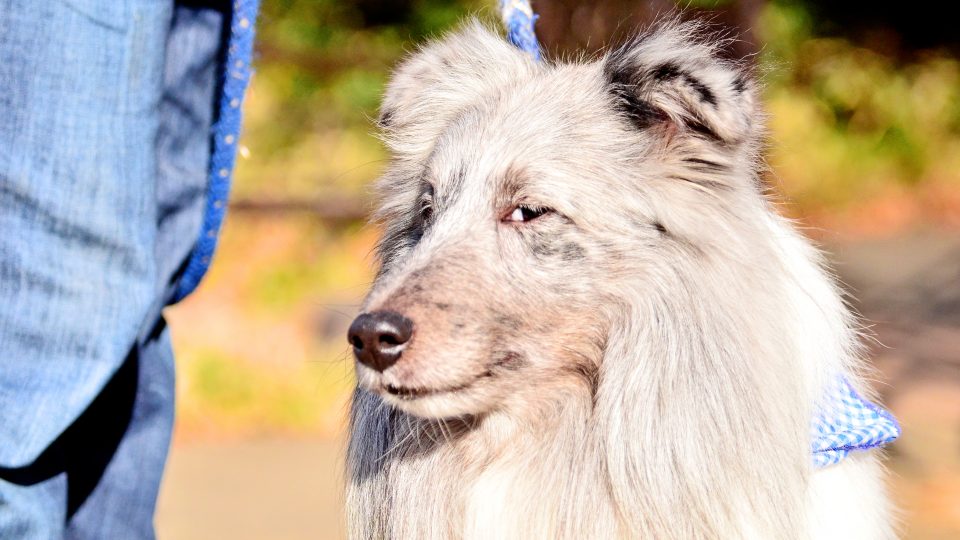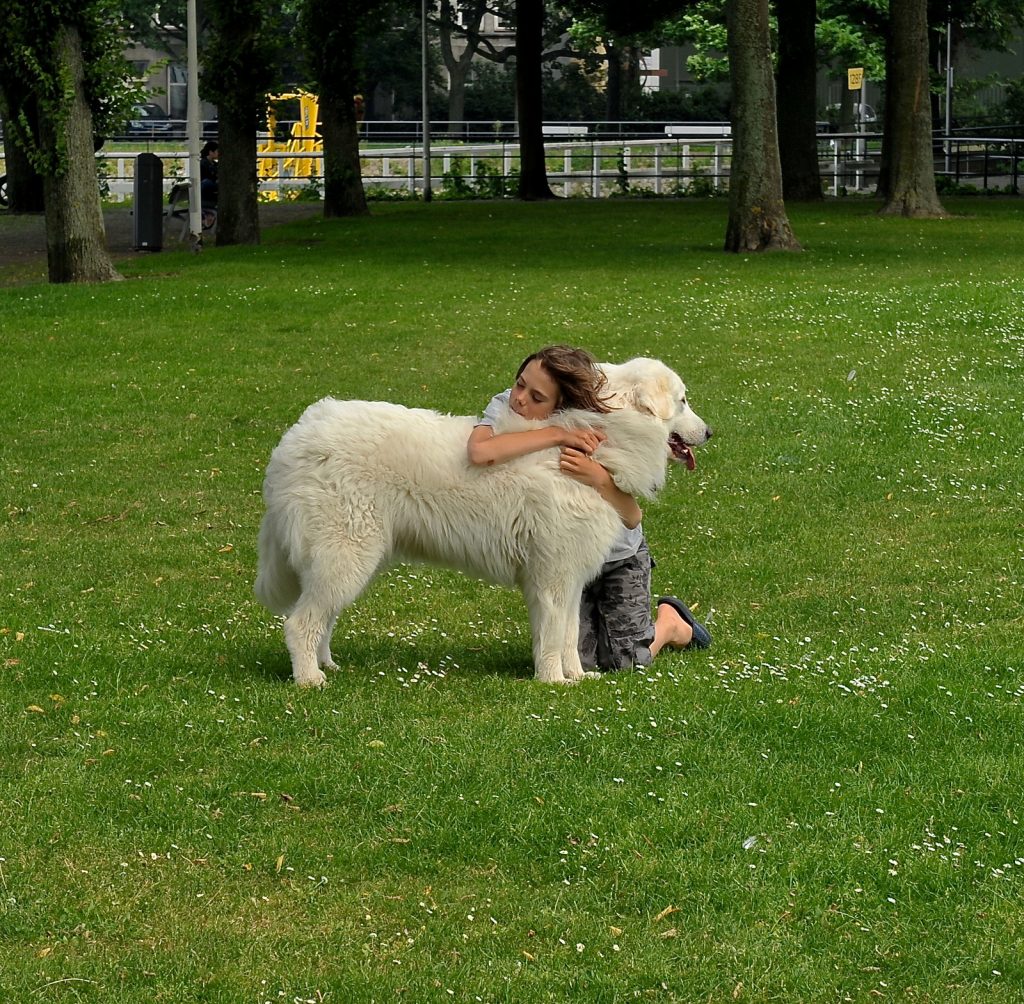What Turns a Good Dog Bad?
What Turns a Good Dog Bad?
Your caring canine companion would rarely growl at guests, let alone you. Now, without warning, the bark is worse, and the bite might be right around the corner.
The dark side of your dog’s personality has emerged and you wonder: What happened? How do you get your buddy back?
Any dog can display aggressive behavior, even bite, and it’s up to pet parents to understand why it happens, and ways we might prevent or correct it. Check out these eight reasons your dog Jekyll may go Hyde, and seven ways to prevent or correct it.
8 Reasons Good Dogs Go Bad
1. Insufficient mental stimulation
Humans go stir crazy with nothing to do, and the same problem might make your dog surly or bring out other behavioral issues. They say “idle hands are the devil’s plaything,” and the same applies to paws.
2. Lack of exercise
In addition to mental exercise, your dog needs the real thing, too. Being cooped up in the house is a surefire way to fan the embers of anger and pent-up energy. That frustration is bound to come out somewhere.
3. Not enough socialization
A lack of human and animal interaction can create outbursts when your dog discovers strangers. Suspicion, protectiveness, and other instincts can bring out the bad side.

4. Genetics
When possible, it’s best to know the parents of your pet. If there were temperament issues in mom or dad, it’s possible you’re in for a more rigorous road of obedience training and behavior management. The traits might not emerge until after adolescence, so when you have access to parentage info, bone up and be prepared.
5. Illness or injury
Many sudden turns of behavior manifest from pain, which might be from a physically incurred injury but are often tied to something wrong internally. That furious disposition may indicate the onset of a dog disease—talk to your vet if you suspect illness or injury may be contributing to your dog’s behavior.
6. Inconsistency
Have you recently changed jobs, or had a massive shift in predictable patterns? Security and routine are just as important to dogs as they are to us. Increased bad behavior may relate to the upset they feel in their life.
7. Fear
Aggression is often tied to a fear response. If something is making your four-legged friend afraid, the bad dog behavior might be part of the fight-or-flight maelstrom they’re caught up in. They feel like they’ve got nowhere to run and are lashing out instead.
8. Poor discipline
In some cases, the fear and anger cocktail mixing up a dog’s mind might be tied to methods of punishment or reward. Kicking a dog—and other inexcusable actions—will yield a reciprocal bad reaction.
7 Tips to Help Turn a “Bad Dog” Good
1. Create a canine career path
Get your dog a job to do! Purchase or create some activities to engage the canine mind. You can create your own DIY obstacle course or other learning games. Dogs are natural foragers, so you can acquire some dog activity toys that work with food and rewards. Working the mind leaves less time for aggression.
Via YouTube
2. Park your pooch
This means go to the park, not put it in park! Look up dog parks in your area with off-leash runs or agility courses and commit to working off that canine energy before it boils over into behavior issues. You won’t just have a good dog, you’ll have a healthy dog (and it might not hurt your own cardio issues either).
3. Time to mingle
You might need to take it slow, but if solitude has turned your best friend into Oscar the Grouch, you need to remind them that socializing is productive and beneficial. The more positive interactions you have with other humans and animals, you’ll build up memory deposits in your dog’s good behavior bank.
4. What’s up, doc?
Did lethargy precede the violent temper shift? Are there other signs of illness? Sometimes we can’t admit to ourselves that our dog might have a developing condition, but ignoring it only guarantees it will get worse. See a veterinarian and clearly articulate the temperament change and how it came about. The Dog Daily has a helpful article about illness-related behaviors.
5. Calendar your canine
If you won’t get your life in order for your own sake, do it for the dog. If feeding times are all over the map and attention is inconsistent, they might be acting out for you to take notice. You can’t reward that behavior, but you need to play the long game and create a structure that will make them feel safe and loved.
6. Understand aggression
Fear is only one aspect of aggressive behaviors in canines. If they don’t have a safe place or bolt-hole to retreat to in the house, they may feel trapped, barking and snapping out of fear. Providing this may help, but there are a wealth of other reasons aggression manifests. The Humane Society has a lengthy article on aggression that’s worth studying to know your dog—and how to love them—better. Read it, so you can read them.
7. Training time (for both of you)
At the end of the day, it may be you, as much or more than your dog, that needs retraining. They may need to be retrained on obedience to remove the bad behavior, but if your methods are inciting the bad response, or enabling its continuance, you need a professional to advise you on how to amend your own behavior first.
With love, learning, and action, you can often help your so-called “bad dog” become good again. It might involve an intense season of extra work, but dog lovers know their companion is worth the effort.



